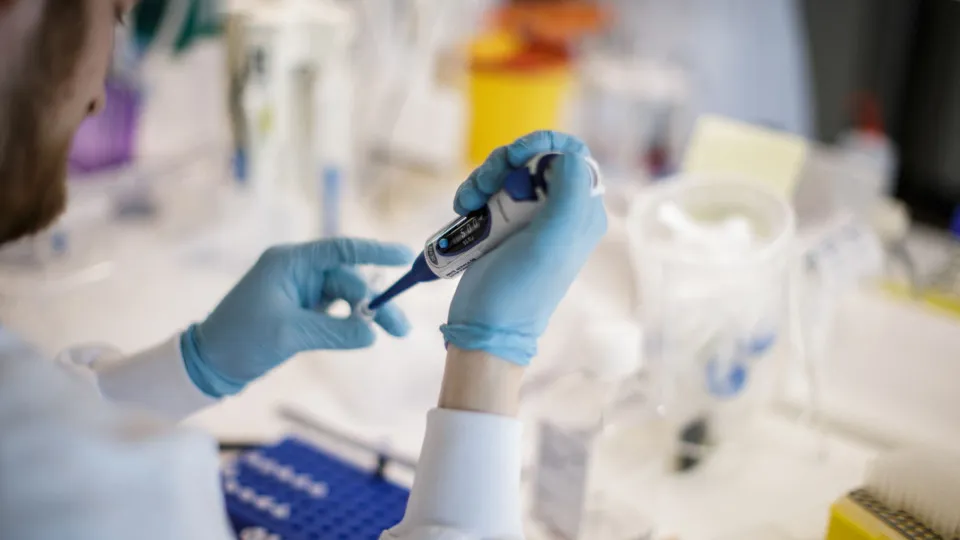Researchers from the University of California, San Diego have reportedly discovered the molecular pathways behind the black-eyed pea virus, officially known as cowpea mosaic virus (CPMV), which shows remarkable promise in treating and eradicating cancer.
In a study published July 22 in Cell Biomaterials, the team describes how, unlike other viruses, CPMV triggers the immune system to reawaken and kill infected cancer cells. The response not only involves cells that target and kill, but also those that activate B cells and T cells, responsible for long-lasting memory, which primes the immune system to hunt down metastatic tumors elsewhere in the body and keep a memory bank for future similar tumors.
The discovery of this pathway is a step forward to developing a low-cost effective treatment, and clinical trials in rats and dogs have already shown significant positive results.
This is the most recent in a series of medical findings looking into understanding the complex mysteries of disease. With new solutions and historic challenges along the way, we've been able to develop medicines and treatments that have been instrumental in saving countless lives. Technology has also had an important role to play in many of these medical advances.
In this gallery, take a look back on the inventions that revolutionized the medical field. Click on for more.



